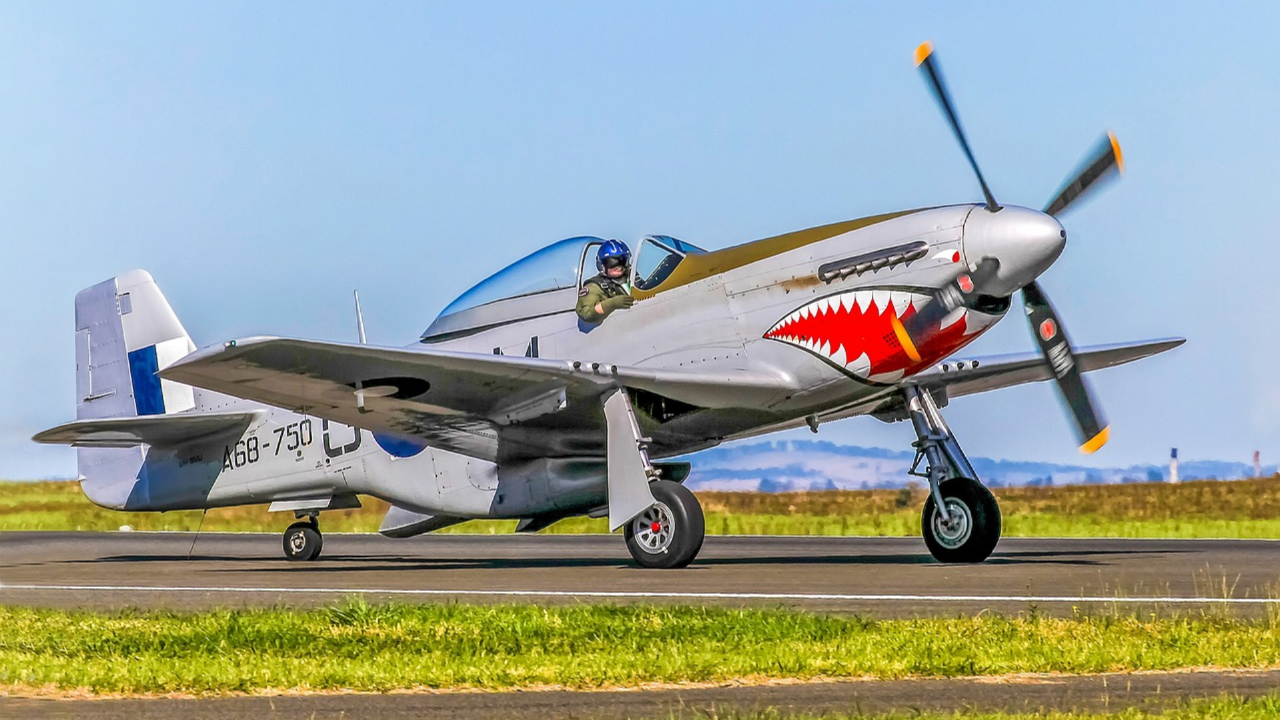The P-51 Mustang is more than just an aircraft; it’s a symbol of innovation, resilience, and the sheer power of engineering that emerged during World War II. Often heralded as one of the greatest fighter planes of its time, the Mustang played a pivotal role in the air war over Europe, transforming the landscape of aerial combat.
A Brief History

The P-51 Mustang was initially developed in 1940 by North American Aviation at the request of the British Royal Air Force. The goal was to create a fast, long-range fighter that could engage the Luftwaffe’s formidable aircraft. The prototype took its first flight in 1940, and it quickly became apparent that this aircraft was a game-changer.
Design and Engineering

One of the Mustang’s standout features was its sleek, aerodynamic design. Powered by the Rolls-Royce Merlin engine, the P-51 achieved remarkable speed and altitude capabilities. With a top speed of around 440 mph, it could outpace many of its contemporaries. The aircraft's distinctive elliptical wings not only contributed to its speed but also improved its maneuverability.
The P-51 was equipped with six .50 caliber machine guns, allowing it to deliver a punishing hail of fire to enemy aircraft. Its long-range fuel tanks made it ideal for escort missions, enabling it to protect bombers deep into enemy territory, something that was previously a significant challenge for Allied forces.
Impact on World War II

The Mustang's real triumph came during its service in Europe. Initially, Allied bombers faced heavy losses due to the lack of effective fighter escort. The introduction of the P-51 Mustang changed that dynamic dramatically. With its extended range and impressive performance, Mustangs could escort bombers all the way to their targets and back, significantly reducing losses and boosting morale.
The P-51's effectiveness was evident in numerous engagements, and it became a favorite among pilots. Its combination of speed, agility, and firepower allowed it to dominate the skies over Europe, contributing to the eventual defeat of the Axis powers.
Legacy and Cultural Impact

After World War II, the P-51 Mustang continued to be a beloved aircraft, participating in various conflicts, airshows, and even racing competitions. Its sleek design and storied history have made it a favorite among aviation enthusiasts and collectors alike.
The Mustang has been immortalized in films, books, and documentaries, further cementing its status as an aviation legend. Today, restored P-51s can be seen at airshows around the world, where they perform thrilling maneuvers, showcasing the elegance and power of this extraordinary aircraft.

The P-51 Mustang is a testament to human ingenuity and the relentless pursuit of excellence in aviation. Its contributions to the Allied victory in World War II and its lasting legacy make it an iconic symbol of both military and aviation history. As we continue to celebrate its achievements, the Mustang remains a beacon of inspiration for future generations of aviators and engineers alike.













